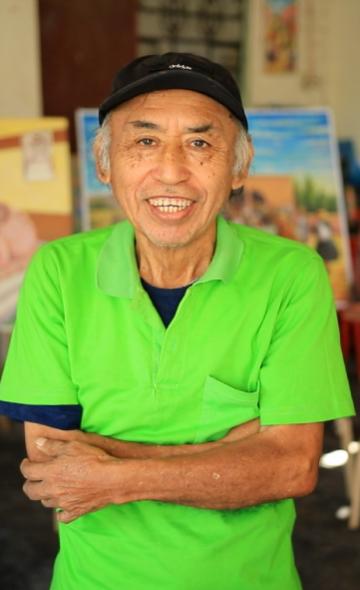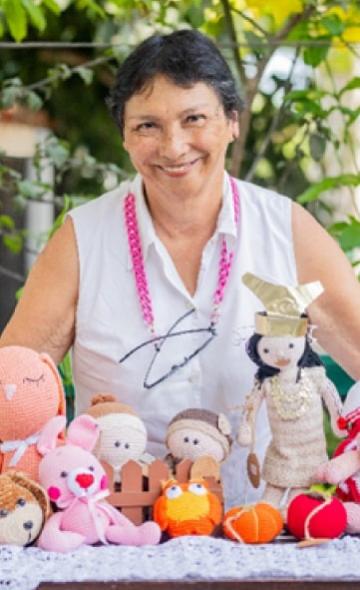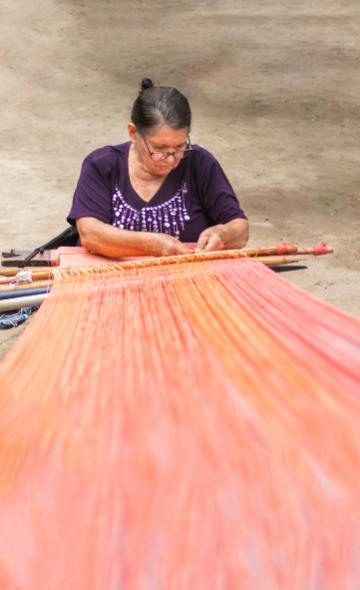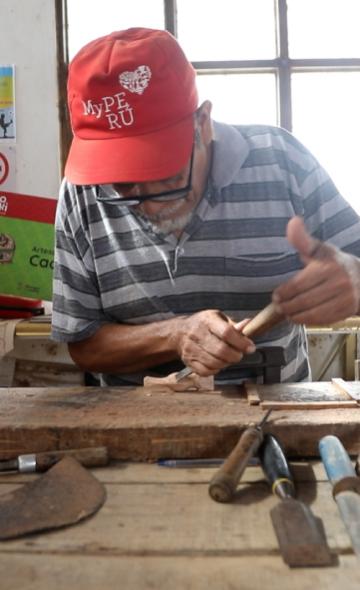- Visitors
- Researchers
- Students
- Community
- Information for the tourist
- Hours and fees
- How to get?
- Activities El Brujo
- Virtual tours
- Classic route
- Mystical route
- Specialized route
- Site museum
- Know the town
- Cultural Spaces
- Cao Museum
- Huaca Cao Viejo
- Huaca Prieta
- Huaca Cortada
- Ceremonial Well
- Walls
- Play at home
- Puzzle
- Trivia
- Memorize
- Crosswords
- Alphabet soup
- Crafts
- Pac-Man Moche
- Workshops and Inventory
- Micro-workshops
- Collections inventory
- News
- Researchers
- Pictorial art - Juan Otiniano: "My art is for everybody else"
News
CategoriesSelect the category you want to see:
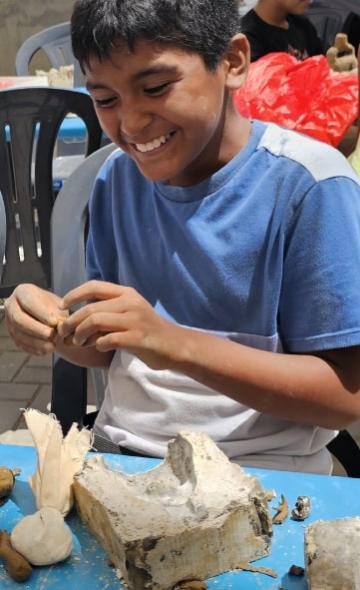
With enthusiasm, we concluded in March the summer workshops held free of charge at the facilities of the El Brujo Archae ...
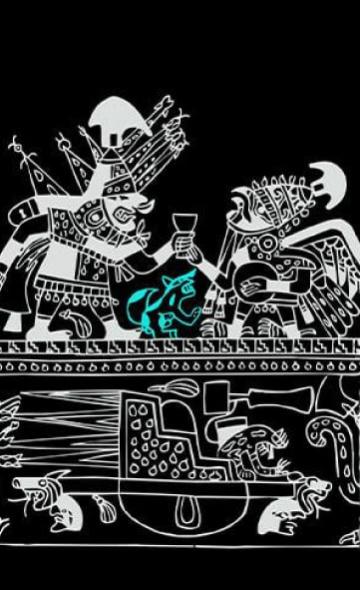
The Mochica society was a cultural group that settled mainly on the northern coast of Peru, in pre-Hispanic times. This ...
To receive new news.
By Katerine Albornoz
Introduction
Human beings have used pictorial art since remote times to depict different aspects of their history, such as hunting scenes, daily life and nature. In this note, we seek to publicize the pictorial art and its practice today.
How is pictorial art defined?
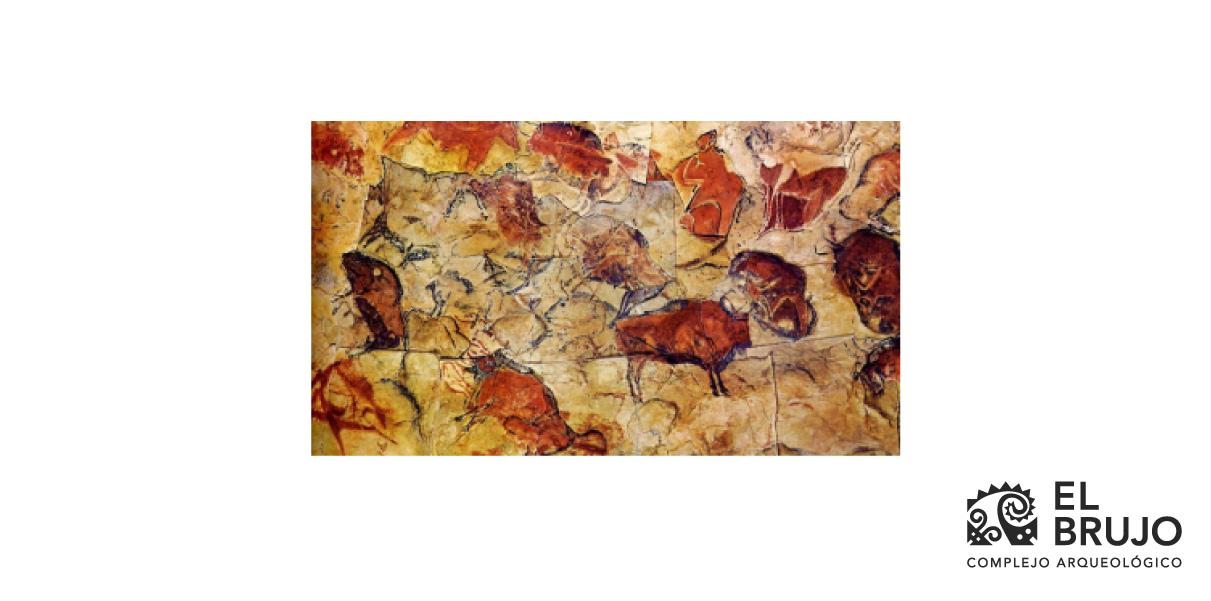
Figure 1. Representation of a hunting scene. It is located in the Cave of Altamira, Spain (33,000 - 11,000 BC)
Pictorial art encompasses different forms of expression, such as painting on canvases, murals, wood, stone, among others. Painting is considered a means of expression with a social function (Hernández, n.d.; Ospina, 1947). Throughout history, pictorial art has depicted aspects of life, such as hunting scenes (Figure 1) or religious representations in ancient Egypt (Figure 2).
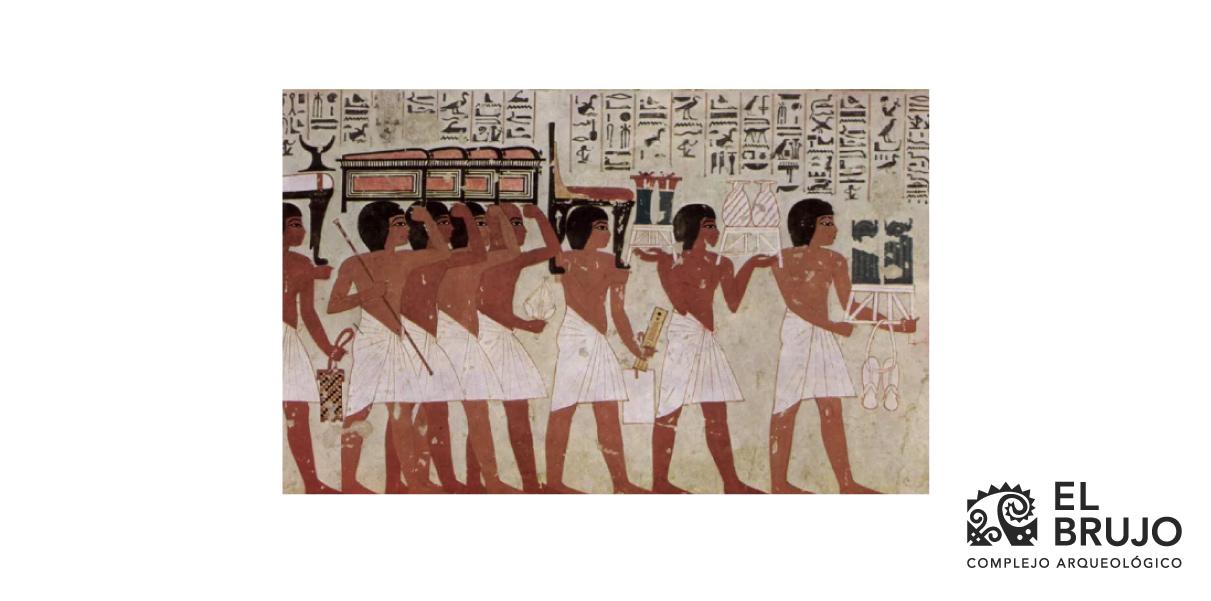
Figure 2. Egyptian mural painting. Source: Google
In Peru, pictorial art has been present since pre-Hispanic times, as can be seen on the facades of archaeological sites of Huaca Cao Viejo (Figure 3) and Huaca del Sol y la Luna (Figure 4).
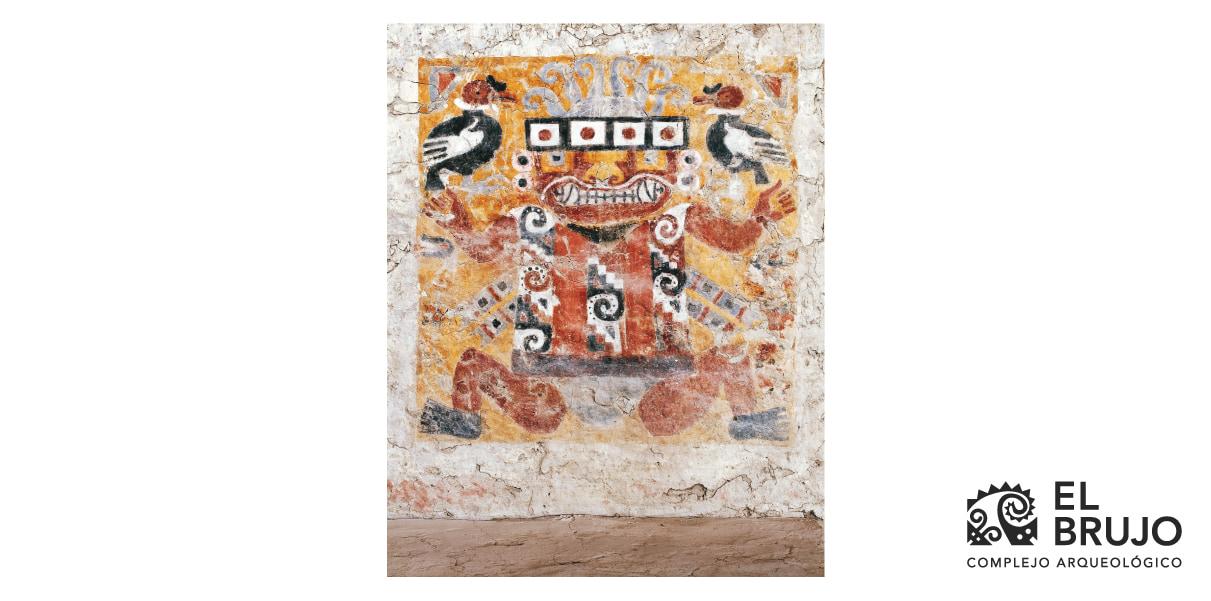
Photo 3. Representation of the Mochica deity in the Huaca Cao Viejo. Source: Mujica, 2007
There is research related to mural painting that allows us to know more about the work done by our ancestors, including the pigments that they used (Wright, 2008, 2010).
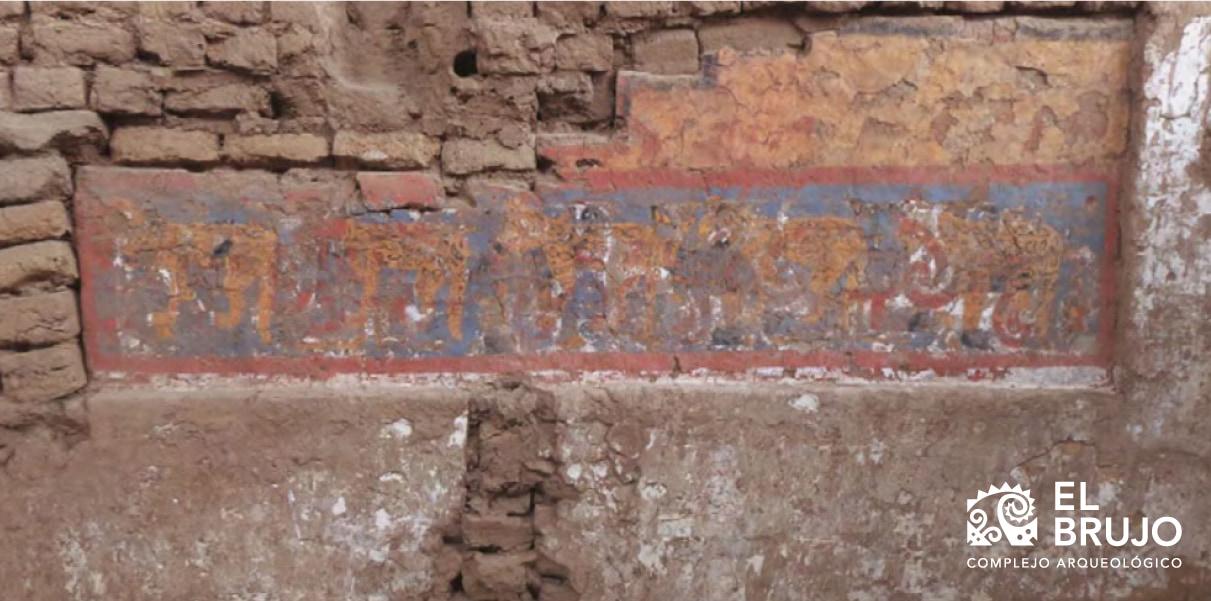
Photo 4. Representation of five ocelots in Huaca del Sol. Source: Uceda, 2016
A conversation about the art of painting
Nowadays, this endeavor continues to be practiced in various communities and cities of Peru. To learn more about the art of painting, we interviewed Mr. Juan Otiniano, an artist originally from Chiclín, district of Chicama.
During the interview, Mr. Juan talked about his early connection to drawing and painting, as well as the importance of keeping his roots present and transmitting them through his art.
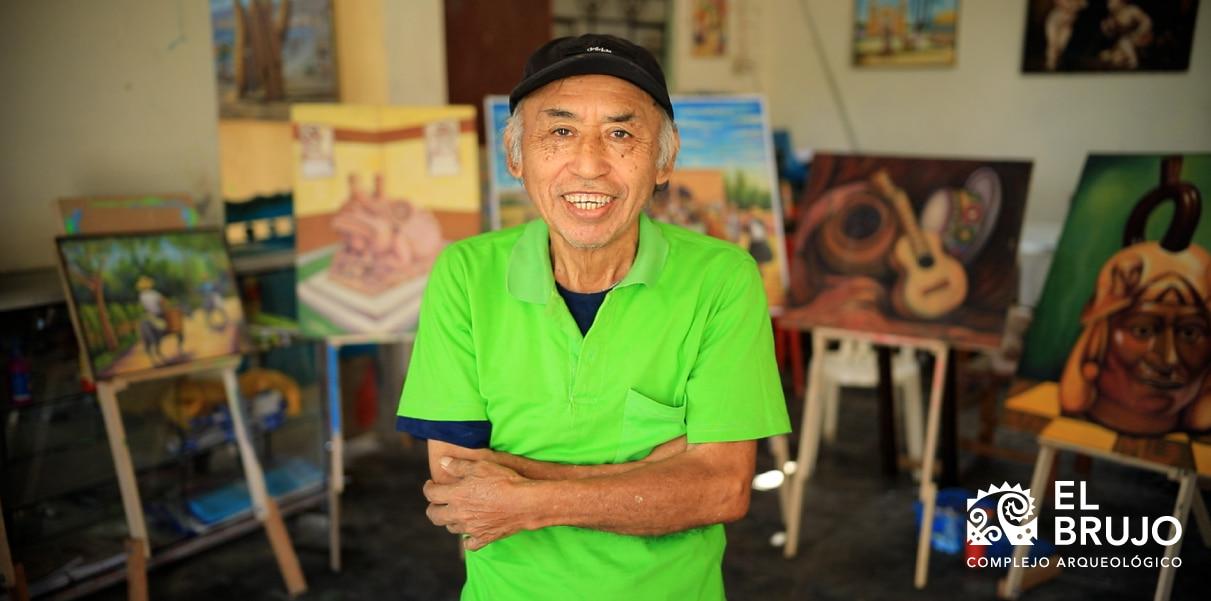
Photo. Mr. Juan Otiniano, painter, with more than 50 years of experience - Runa Foto
KA: What motivated you to start in the art of painting?
JO. My family, since I was a child, was linked to artistic activities, such as dance. My grandmother, here in Chiclín, promoted a folkloric dance group from her hometown and I used to help her out since I was 13 years old. However, my interest in painting did not start there. Since I was little, I liked to draw and my family knew it. One day, my older sister went to Trujillo to study crafts and saw the Drawing and Painting poster. I studied there for 2 years, learning the basics of drawing and painting. But there I only practiced making reproductions of other painters, and I did not want to continue doing that. I wanted to create my own paintings and that was when a classmate told me about the School of Fine Arts. My next step was to finish high school and pass the school entrance exam. I remember that we were 60 applicants and 30 of us were admitted. When I saw the list, I reached position 15 and kept going down. In the end I entered in 25th – 26th place.
I have always thought that my art is for everybody else and, ever since I started my studies in the School of Fine Arts I began to teach painting and drawing workshops at my home. At the same time, I resumed handling the folk-dance group that my grandmother had started.
KA: What kind of painting have you been doing?
JO. Painting can be countless things, such as a protest. Many painters do it, but, as far as I’m concerned, I want to depict stories, dances or traditions of my hometown, what we know as the indigenist current. However, I have had other experiences as a painter: I worked as a muralist for some political campaigns, drawing the letters or the faces of the candidates. I remember that I drew Haya de la Torre. A painter can encompass everything that is linked to art. I made commercial advertisements for the Inca Kola soda drink and large panels for different businesses. In those days, they also sent me to make banners and there was no screen printing as we know it now; one had to do everything by hand.
KA: Could you briefly explain to me the sequence of steps you take to make a painting on canvas.
JO. To begin with, I visualize the drawing that I am going to paint, or I have some idea of what to paint. Then, I make the sketch on paper and adjust it until I am satisfied. In my case, I make my own wooden frame, covered with tocuyo fabric and apply a hake paste mixed with glue. Then, I draw the sketch on the canvas and mix the colors to finally paint over the drawing. Finally, I apply Dammar varnish to give the paint a shine."
Final Thoughts
The pictorial art, practiced by our ancestors, continues today with some differences due to the passage of the years. However, the essence remains the same: transmitting the ideologies or worldviews of a society, telling stories and recreating everyday situations. As Mr. Juan Otiniano said, "Painting can be many things," from a form of protest to storytelling. Nowadays, this art continues to be taught in different venues, such as educational institutions and independent organizations, among others, with the purpose of encouraging its continuity on different media, such as canvases, murals, floors or fabrics.
Bibliography
-
- Hernandez, H. (n.d.). Culture Notebooks. The art of painting, means of communication. Retrieved February 16, 2023, from http://cdigital.dgb.uanl.mx/la/1020091862/1020091862.PDF
- Ospina, M. (1947). The art of painting and reality. Revista de La Universidad Nacional (1944-1992), 37–50. https://revistas.unal.edu.co/index.php/revistaun/article/view/14148 ACM
- Wright, V. (2008). Study of the polychromy of reliefs on raw clay of Huaca de la Luna Trujillo, Peru.
- Wright, V. (2010). Moche Pigments and Artistic Technology: A New Approach to the Understanding of Social Organization. Bulletin of the French Institute of Andean Studies, 39, 299–330.
You can also read:
1. Learning about sculpture: Lucio Valverde "What little I have learned; I want to pass on"
2. Exploring Ceramics - Víctor Alfaro: "Learning from art expands the mind"
Researchers , outstanding news


